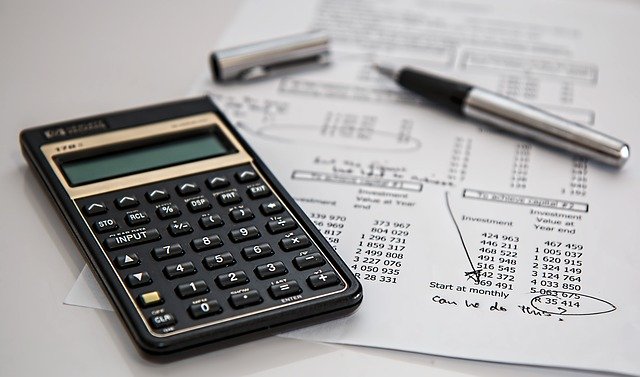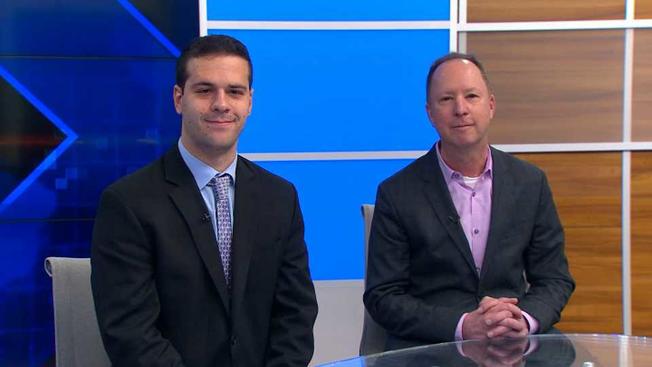Why Make This Product?
VR headsets let you see with your eyes and hands, but how you move is still bounded & restricted. In today’s landscape, common experiences include:
- Running out of play space
- Bumping into things
- Motion sickness
- Losing your sense of immersion
Existing Virtual Reality technology like treadmills, slide mills, trackers have all fallen short of allowing natural, true movement.
A 24 year old tech enthusiast decided to change the way we move in VR by designing and building a natural movement, omnidirectional platform in his garage. After years of drawing up practical solutions for problems that still exist in the VR space, he wanted to start his life-long journey into the VR industry by fixing one of its most complicated problems.
Unlocked Reality is focused on providing users the ability to free the body to follow where the mind wanders.
“What Unlocked Reality is building is something that really opens the gateway to the metaverse. Their use of maglev technology gives users this effortless, seamless but still realistic experience of walking and moving around a digital space.”
- Lori-Lee Elliott, CEO of Future sight AR (YouTube)
Why Now?
The metaverse is a quickly expanding technology and market, and it's missing a way to naturally move around in it. The world is already quickly adopting AR and VR tech to improve efficiency and build utility, in preparation for the next generation of tech. There is a huge shift happening right now. A large majority of mainstream companies such as Facebook, Apple, Epic Games, and many more have said they are working on metaverse projects (XR Today).
In 2020, the global VR headset market size was valued at $7.81 Billion USD. From 2021 to 2028, it is expected to grow at a compound annual growth rate (CAGR) of 28.2%, according to Grand View Research. Thus, there is a huge demand for products that support VR, XR, AR, and the metaverse. VR adoption stats for 2020 showed that there were 57.4 million VR users in the US and 90.9 million AR users, according to Finances Online (Statista).
This is very appealing for investors, especially because the global augmented reality (AR), virtual reality (VR), and mixed reality (MR) market is forecast to reach 30.7 billion U.S. dollars in 2021, rising to close to 300 billion U.S. dollars by 2024. (Statista)
As Lori-Lee Elliott, CEO of Future Sight AR, said, “What’s key to remember is that VR is not just a gaming technology. It’s used across verticals including in the military for mission planning and training, in the construction industry for doing site orientation and training on how to do hazardous tasks, and across enterprises at large” (YouTube).
Our large long-term target market of enterprise is looking for VR products that provide high-fidelity solutions.
The Verticals
Our primary focus is to target enterprise expansive verticals such as healthcare, physical rehab, and therapy, remote events, along with several other markets making massive efforts to use technology like ours. With a unique product and deep enterprise relationships from those who we believe would immediately benefit from our solution, we are maneuvering into a wide-open, blue ocean market. As we grow, we want to expand into the vast number of benefited enterprise verticals by creating even higher fidelity products. With a unique solution, we plan to also target consumer verticals.
Enterprise:
- Physical Rehab & Therapy
- Enterprise Sales Training
- Healthcare - Operating room training for doctors and nurses
- Military Simulation & Training - Army Catches RIDE to Extended Reality Future
- Engineering - Virtual inspection of critical infrastructure
- Fitness, especially for pro/college athletes
- Remote Live Events - Worldwide access to Concerts, Shows & Events
Consumer:
- Location-Based VR experiences (Arcades)
- Gaming and Entertainment for home VR enthusiasts
- Travel Experiences i.e. virtual safaris over a terrain
The Science
Our patent pending design aims to provide freedom in movement. What if you could walk naturally in any direction while staying in one place? Unlocked Reality’s platform aims to transform locomotion in a virtual environment.
The ability of the platform to recognize a user's unique gait pattern and predict their movement through machine learning is a gamechanger. I believe this will help customize the virtual reality therapy experience for each patient's functional ability
- Veena Somareddy, CEO/Co-Founder of Neuro Rehab VR (YouTube)
There are two different methods we could use to achieve this effect:
- An economic mechanical method that relies on ball transfer units
- Ball transfer units utilize rolling friction to allow objects to slide over them fluidly.
- A much more robust method that relies on magnetic levitation.
- Magnetic levitation (maglev technology) enables an object to float above a solid surface.
Dynamic friction reduction is achieved by controlling the users’ interaction with the ground or platform surface by physically changing their exposure to either a high or a low friction surface (dependent on the method) at specific times during a walking cycle in order to prevent the user from displacing themselves. Using the platform (and shoes), we are working towards providing users the ability to move untethered as the friction keeps them in one place. To keep in step with the user, our methodology is driven by machine learning to tailor the system to each user’s unique gait pattern.
Currently, we are planning on building individual-sized platforms, but our methodologies could be scalable to platforms of any size, from personal to multiuser.
Conclusion
Our vision at Unlocked Reality is to build a family of products that will be the standard for fully immersive VR and make virtual reality movement natural & fluid.
To learn more about us, please visit netcapital.com/companies/unlocked-reality



































